what is the fine line?
Tiffany, purpleinopp Z8b Opp, AL
12 years ago
Related Stories

MOST POPULARA Fine Mess: How to Have a Clean-Enough Home Over Summer Break
Don't have an 'I'd rather be cleaning' bumper sticker? To keep your home bearably tidy when the kids are around more, try these strategies
Full Story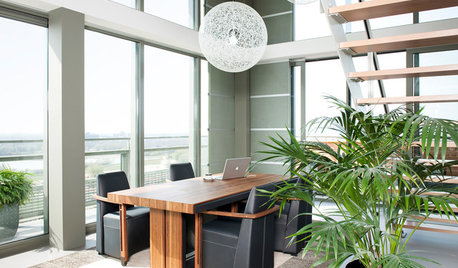
HOUSEPLANTSMeet a Palm That's Fine With Fluorescent Light
Get the look of the tropics without the full-on sun and high humidity — parlor palm tolerates regular indoor conditions with aplomb
Full Story
HOUSEKEEPINGHow to Relax and Put Housework in Its Place
If household disarray is making you stressed and unhappy, try approaching it with a different point of view
Full Story
KITCHEN DESIGNFine Thing: A Wine Fridge Right Where You Want It
Chill your collection: No wine cellar or tasting room required
Full Story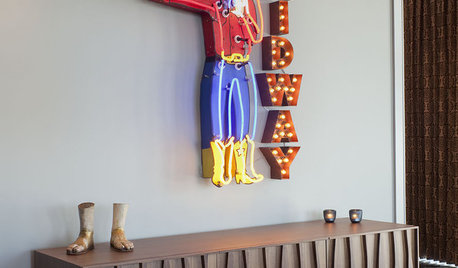
DECORATING GUIDESStyle In Stereo: Fine Design for Your Media Center
Conceal your media components in a console with contemporary or vintage flair
Full Story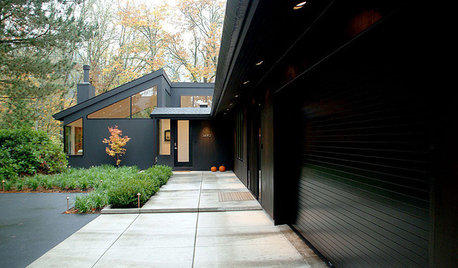
STUDIOS AND WORKSHOPSMaking a Fine Mess in an Oregon Pottery Studio
An addition allows a ceramicist to get as messily creative as she likes, while the rest of the home stays neat
Full Story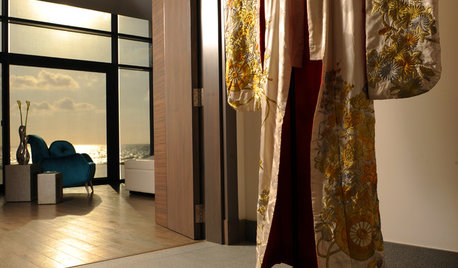
ART20 Creative Alternatives to Fine Art
Create a Stunning Effect With Objects from Your Travels, Nature, the Fabric Store and More
Full Story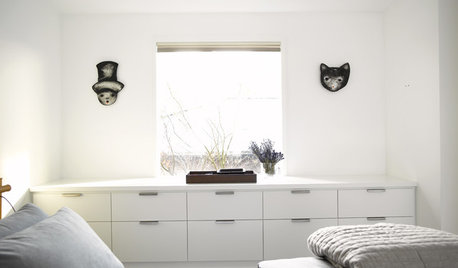
A Fine Balance Makes the Space
See how designers create a cohesive look by weighing color, form and function
Full Story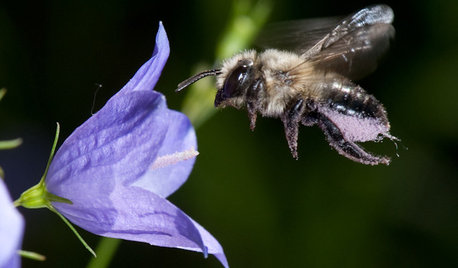
NATIVE PLANTSGreat Design Plant: Color Outside the Lines With Bluebell Bellflower
Plant this Campanula on pathway and patio edges for shots of bright blue from May through September
Full Story
DECORATING GUIDESSet the Right Mood With the Right Lines
Soothe with curves or go straight-up efficient. Learn the effects of lines in rooms to get the feeing you’re after
Full StoryMore Discussions







marquest
birdsnblooms
Related Professionals
Manhattan Beach Landscape Architects & Landscape Designers · Bergenfield Landscape Contractors · Centereach Landscape Contractors · Choctaw Landscape Contractors · Ellensburg Landscape Contractors · Hilo Landscape Contractors · Hollywood Landscape Contractors · Inglewood Landscape Contractors · The Villages Landscape Contractors · White Bear Lake Landscape Contractors · Northlake Landscape Contractors · Suisun City Landscape Contractors · Ferguson Landscape Contractors · Washington Interior Designers & Decorators · Channahon Handymantapla (mid-Michigan, USDA z5b-6a)
dellis326 (Danny)
Tiffany, purpleinopp Z8b Opp, ALOriginal Author
paul_
birdsnblooms
Tiffany, purpleinopp Z8b Opp, ALOriginal Author
whip1 Zone 5 NE Ohio